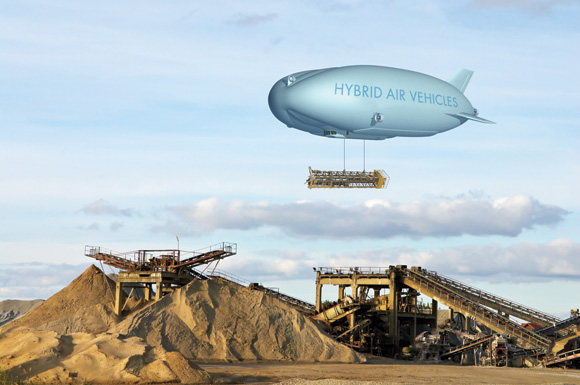
Breaking News
 Christmas Truce of 1914, World War I - For Sharing, For Peace
Christmas Truce of 1914, World War I - For Sharing, For Peace
 The Roots of Collectivist Thinking
The Roots of Collectivist Thinking
 What Would Happen if a Major Bank Collapsed Tomorrow?
What Would Happen if a Major Bank Collapsed Tomorrow?
Top Tech News
 EngineAI T800: Born to Disrupt! #EngineAI #robotics #newtechnology #newproduct
EngineAI T800: Born to Disrupt! #EngineAI #robotics #newtechnology #newproduct
 This Silicon Anode Breakthrough Could Mark A Turning Point For EV Batteries [Update]
This Silicon Anode Breakthrough Could Mark A Turning Point For EV Batteries [Update]
 Travel gadget promises to dry and iron your clothes – totally hands-free
Travel gadget promises to dry and iron your clothes – totally hands-free
 Perfect Aircrete, Kitchen Ingredients.
Perfect Aircrete, Kitchen Ingredients.
 Futuristic pixel-raising display lets you feel what's onscreen
Futuristic pixel-raising display lets you feel what's onscreen
 Cutting-Edge Facility Generates Pure Water and Hydrogen Fuel from Seawater for Mere Pennies
Cutting-Edge Facility Generates Pure Water and Hydrogen Fuel from Seawater for Mere Pennies
 This tiny dev board is packed with features for ambitious makers
This tiny dev board is packed with features for ambitious makers
 Scientists Discover Gel to Regrow Tooth Enamel
Scientists Discover Gel to Regrow Tooth Enamel
 Vitamin C and Dandelion Root Killing Cancer Cells -- as Former CDC Director Calls for COVID-19...
Vitamin C and Dandelion Root Killing Cancer Cells -- as Former CDC Director Calls for COVID-19...
 Galactic Brain: US firm plans space-based data centers, power grid to challenge China
Galactic Brain: US firm plans space-based data centers, power grid to challenge China
ARE AIRSHIPS THE ANSWER TO CANADA'S INTERIOR WOES?

By land mass, Canada is the second largest country on Earth. Yet much like Earth's largest country, Russia, humans populate a very small amount of its land. This leaves large tracts of resources untapped and wilderness unvisited. However, snow and ice make vast swathes of this land inaccessible for all but a few summer months, and large sea ice prevents the same for ships much of the time. And though increasing global temperatures will eventually (if global climate change isn't halted) reduce sea ice and the potential severity of winter, there's another alternative if humans want to traverse interior Canada before that happens: actual freakin' airships.
Highlighting the efforts of a few existing modern airship companies, Prentice outlines one of the first markets where it seems airships truly offer a competitive advantage. Needing only limited space to deliver their goods and capable of carrying heavy cargoes, airships could act much like ocean-going vessels do for much of the world: hauling in bulk items regularly, without the added costs and speed of airplane delivery.

 The State's Last Stand
The State's Last Stand


